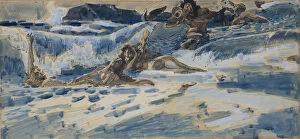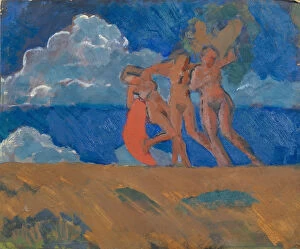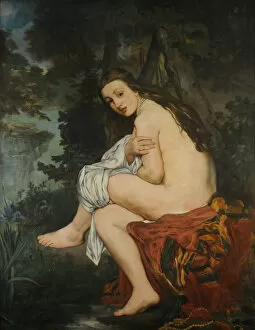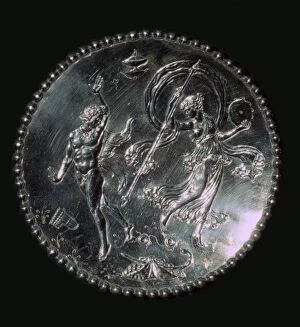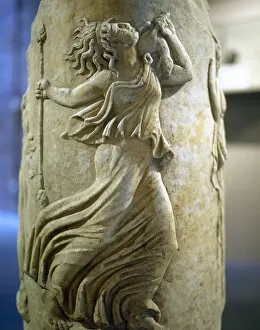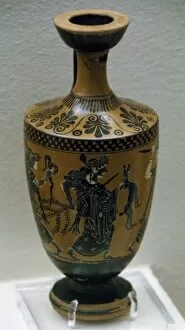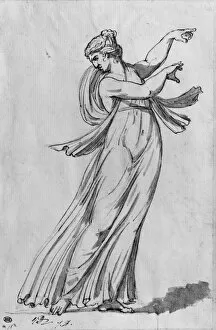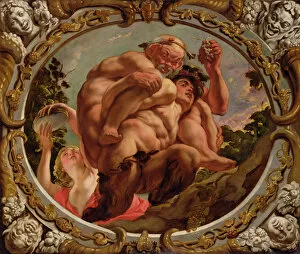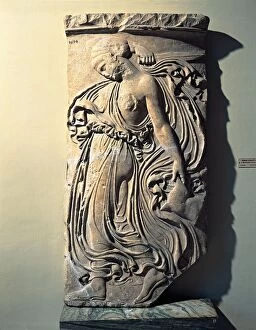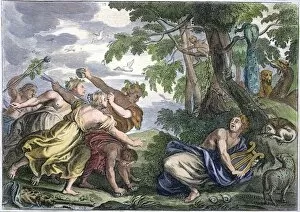Maenad Collection (#4)
"Unleashing the Wild: The Enigmatic Maenads in Art and Mythology" The captivating allure of the maenads, the frenzied female followers of Dionysus
For sale as Licensed Images
Choose your image, Select your licence and Download the media
"Unleashing the Wild: The Enigmatic Maenads in Art and Mythology" The captivating allure of the maenads, the frenzied female followers of Dionysus, has inspired artists throughout history. In "Dionysus and the Maenads, 1901, " their ecstatic dance is vividly depicted, showcasing their devotion to the god of wine. Crenaia, nymph of the Dargle, joins this wild chorus in Emile Levy's "Death of Orpheus, " where she succumbs to Bacchic frenzy. Artists have long been fascinated by these seductive figures. In John William Waterhouse's "The Siren, 1873, " a mesmerizing siren lures sailors with her enchanting song. Similarly, Kallimachos' relief immortalizes a dancing maenad from Euripides' Bacchantes play. From sirens to maenads, these mythical beings continue to captivate our imagination. Gustave Moreau's "The Siren (La Sirene), 1896" portrays a bewitching creature whose beauty conceals danger beneath its surface. Meanwhile, Arnold Böcklin's haunting painting "Sirens" transports us into an eerie world inhabited by alluring yet treacherous creatures. Even ancient Romans were enthralled by these intoxicating figures as seen in sarcophagi reliefs like that depicting Dionysus' marriage or a child adorned with scenes featuring maenads. Their presence extends beyond art; they are also found on bases where they dance eternally. As we explore these artistic representations and delve into mythology itself at Vatican Museums' depiction of Dionysus - god of wine - we are reminded that the enigma surrounding maenads continues to fascinate and intrigue us today.

